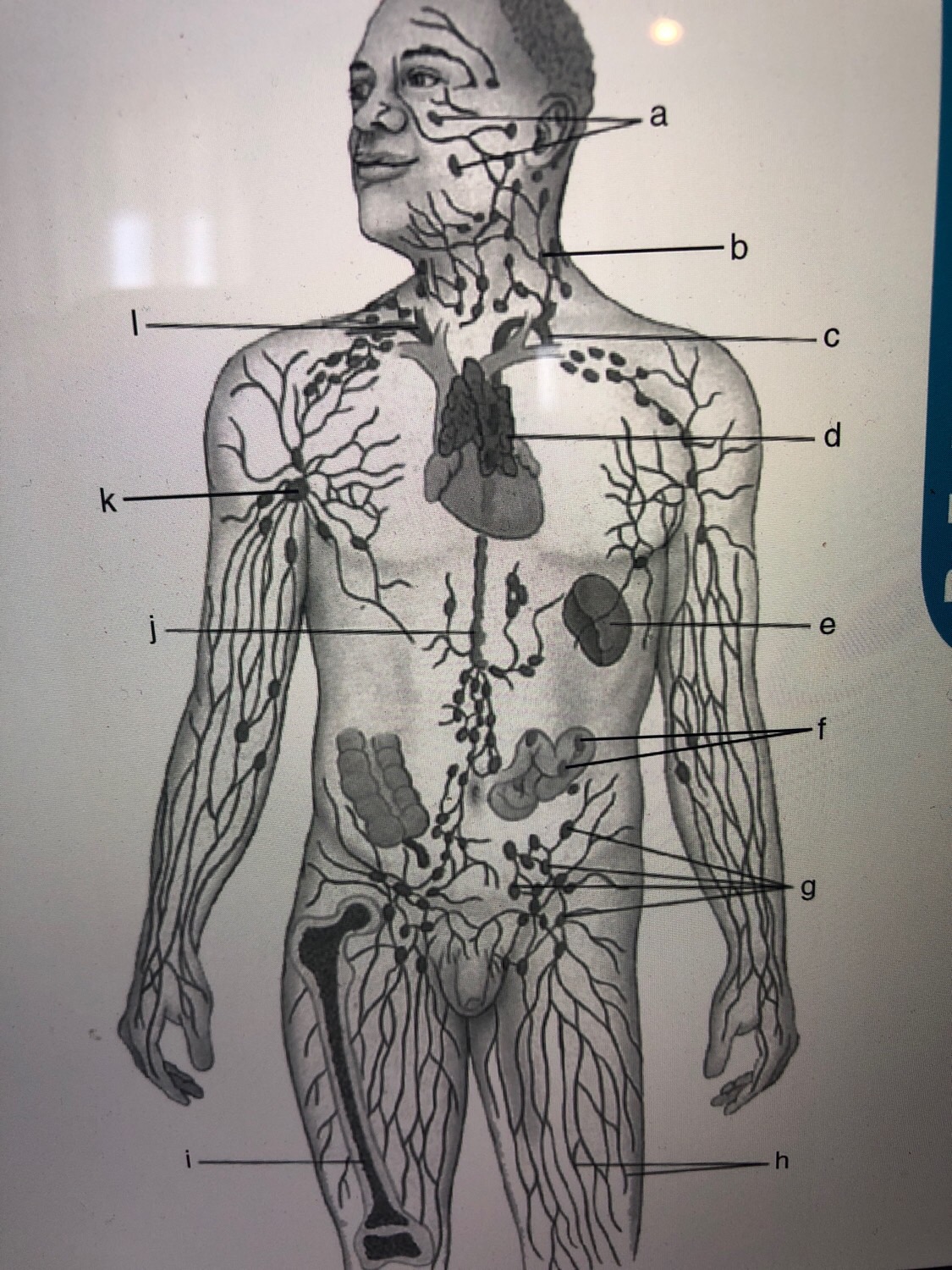Exercise 35a The Lymphatic System And Immune Response

Silent but ever vigilant, the lymphatic system stands as a crucial guardian of our health. Often overshadowed by its more famous circulatory counterpart, its complex network of vessels and nodes plays an indispensable role in immune defense and fluid balance. Understanding its intricacies is not just academic; it's vital for comprehending our body's ability to fight disease and maintain equilibrium.
This article delves into the workings of the lymphatic system and its intimate connection to the immune response. We will explore its components, functions, and vulnerabilities, drawing upon scientific research and expert insights. Our aim is to shed light on this often-overlooked system and highlight its importance in maintaining overall well-being.
The Lymphatic System: An Overview
The lymphatic system is a network of vessels, tissues, and organs responsible for maintaining fluid balance and defending the body against infection. Unlike the closed circulatory system, the lymphatic system is an open system, collecting fluid from tissues and returning it to the bloodstream. This process is crucial for preventing edema and maintaining proper tissue function.
The key components of the lymphatic system include lymph, lymphatic vessels, lymph nodes, and lymphatic organs such as the spleen, thymus, and tonsils. These components work together to filter lymph, remove pathogens, and initiate immune responses.
Lymph: The Fluid of Life
Lymph is a clear, watery fluid similar to plasma but containing a lower concentration of proteins. It originates from tissue fluid that leaks out of blood capillaries. This fluid, now called lymph, carries waste products, cellular debris, and pathogens from the tissues.
Lymph also transports lymphocytes, specialized white blood cells that are essential for immune defense. These lymphocytes circulate through the lymphatic system, constantly surveying for threats.
Lymphatic Vessels: The Highway to Immunity
Lymphatic vessels are thin-walled vessels that collect lymph from tissues and transport it to lymph nodes. These vessels have one-way valves to ensure that lymph flows only towards the nodes and ultimately back into the bloodstream.
The lymphatic vessels form a complex network that mirrors the circulatory system, reaching almost every part of the body. This extensive network ensures that lymph is efficiently collected and filtered.
Lymph Nodes: The Immune Checkpoints
Lymph nodes are small, bean-shaped organs located along the lymphatic vessels. They act as filters, trapping pathogens, cellular debris, and cancer cells.
Inside the lymph nodes, lymphocytes encounter antigens and initiate immune responses. This is where T cells and B cells are activated, leading to the production of antibodies and cytotoxic T cells.
Lymphatic Organs: The Immune Powerhouses
Several organs are considered part of the lymphatic system due to their crucial roles in immune function. These include the spleen, thymus, tonsils, and bone marrow.
The spleen filters blood, removes damaged red blood cells, and stores platelets and white blood cells. The thymus is responsible for the maturation of T cells. Tonsils trap pathogens entering through the mouth and nose, initiating immune responses. Bone marrow produces all blood cells, including lymphocytes.
The Immune Response: A Lymphatic Symphony
The lymphatic system plays a central role in both the innate and adaptive immune responses. Innate immunity is the body's first line of defense, providing immediate protection against a wide range of pathogens. Adaptive immunity, on the other hand, is a more specific and targeted response that develops over time.
The lymphatic system facilitates the interaction between immune cells and antigens, leading to the activation of both innate and adaptive immune mechanisms. This interaction is crucial for clearing infections and preventing disease.
Innate Immunity: The First Responders
The lymphatic system contributes to innate immunity by filtering pathogens and presenting them to immune cells such as macrophages and dendritic cells. These cells engulf and destroy pathogens through phagocytosis.
Furthermore, lymph nodes contain natural killer (NK) cells, which can directly kill infected or cancerous cells. The lymphatic system also facilitates the recruitment of immune cells to sites of inflammation.
Adaptive Immunity: The Targeted Strike
The adaptive immune response relies heavily on the lymphatic system for the activation and proliferation of lymphocytes. When lymphocytes encounter antigens in lymph nodes, they undergo clonal selection and expansion.
B cells differentiate into plasma cells that produce antibodies, which neutralize pathogens and mark them for destruction. T cells differentiate into helper T cells, which assist other immune cells, and cytotoxic T cells, which directly kill infected cells.
The lymphatic system also plays a crucial role in immunological memory. After an infection is cleared, some lymphocytes become memory cells, providing long-lasting immunity against the same pathogen.
Lymphatic System Disorders: When the System Fails
Dysfunction of the lymphatic system can lead to a variety of disorders, ranging from lymphedema to lymphoma. Understanding these disorders is essential for proper diagnosis and treatment.
Lymphedema is a condition characterized by swelling due to the accumulation of lymph fluid in tissues. Lymphoma is a cancer of the lymphatic system, affecting lymphocytes and lymph nodes. Other lymphatic disorders include lymphadenitis (inflammation of the lymph nodes) and filariasis (a parasitic infection that can cause lymphedema).
Lymphedema: The Swelling Threat
Lymphedema can be caused by congenital defects, surgery, radiation therapy, or infection. It can lead to chronic swelling, pain, and increased risk of infection.
Treatment for lymphedema includes manual lymphatic drainage, compression therapy, and exercise. In some cases, surgery may be necessary to improve lymphatic drainage.
Lymphoma: The Cancer Within
Lymphoma is a serious condition that can be classified as Hodgkin lymphoma or non-Hodgkin lymphoma. Symptoms of lymphoma include swollen lymph nodes, fatigue, fever, and weight loss.
Treatment for lymphoma depends on the type and stage of the cancer. It may include chemotherapy, radiation therapy, immunotherapy, or stem cell transplantation.
The Future of Lymphatic Research
Research into the lymphatic system is rapidly advancing, leading to new insights into its role in health and disease. Scientists are exploring new ways to diagnose and treat lymphatic disorders, as well as to harness the lymphatic system for immunotherapy.
For example, researchers are developing new imaging techniques to visualize lymphatic vessels and nodes, allowing for earlier detection of lymphatic disorders. They are also investigating new ways to deliver drugs and vaccines directly to lymph nodes, enhancing their effectiveness.
Ultimately, a deeper understanding of the lymphatic system will pave the way for more effective strategies to prevent and treat a wide range of diseases, from infections to cancer. The silent guardian will continue to play a vital role in our health and well-being, deserving of our attention and continued research efforts.


















